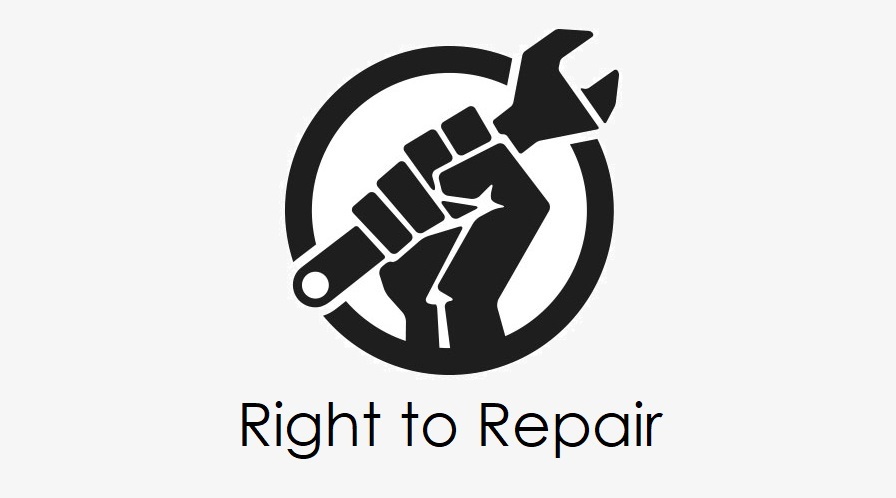LCD or OLED
You may not have given it much thought before reading this post as to which display you have fitted on your iPhone next time you need an iPhone screen repair. Carry on reading to find our why it is important to know what quality of display you are having fitted!
What is an OLED Display?
Keeping it simple, an OLED display stands for Organic Light Emitting Diodes. Having an OLED display fitted to your device the next time you ave your device repaired will give many benefits (If your iPhone has an OLED display fitted as standard from the factory)
The main benefit of an OLED display, is these displays don’t have a backlight panel which means the individual pixels of the display light themselves to enable better colours and blacker blacks. Images will be able to show much finer detail as the full display isn’t illuminated by a backlight behind, and only the pixels needed will be on.
What is an LCD?
An LCD stands for Liquid Crystal Display. An LCD is made up of two components, the first being the pixels themselves which make up the image, and the backlight panel which illuminates the image.
The Benefits to OLED over LCD
The main benefits of having an OLED fitted rather than an LCD include things like the display requiring much lower battery capacity to power the display, meaning the display will drain much less battery. Another benefit is much clearer, crisper and higher quality images on the display.
LCD or OLED
If you have an iPhone that originally left the factory with an OLED display, you should always ensure that your chosen repair shop is always fitting an OLED display as a replacement. An LCD display should never be fitted to an OLED iPhone, as it can cause major issues including but not limited to severe battery drain and motherboard issues down the line. If your repair store is going to and is happy to fit an LCD display to your OLED iPhone, you should walk away and go elsewhere. The main reason these stores will opt to fit an LCD rather than an OLED is simply due to price as OLED displays are typically much more expensive than LCD displays.
How do I know which display my iPhone has?
To help you find out, we’ve made a full list of the current released iPhones as to which have an LCD and which gave an OLED.
LCD
- iPhone (1st Gen)
- iPhone 3G
- iPhone 3GS
- iPhone 4
- iPhone 4S
- iPhone 5
- iPhone 6
- iPhone 7
- iPhone 7 Plus
- iPhone 8
- iPhone 8 Plus
- iPhone SE
- iPhone SE (2nd Gen)
- iPhone 11
- iPhone XR
- iPhone SE (3rd Gen)
OLED
- iPhone X
- iPhone XS
- iPhone XS Max
- iPhone 11 Pro
- iPhone 11 Pro Max
- iPhone 12
- iPhone 12 mini
- iPhone 12 Pro
- iPhone 12 Pro Max
- iPhone 13
- iPhone 13 Pro
- iPhone 13 Mini
- iPhone 13 Pro Max



